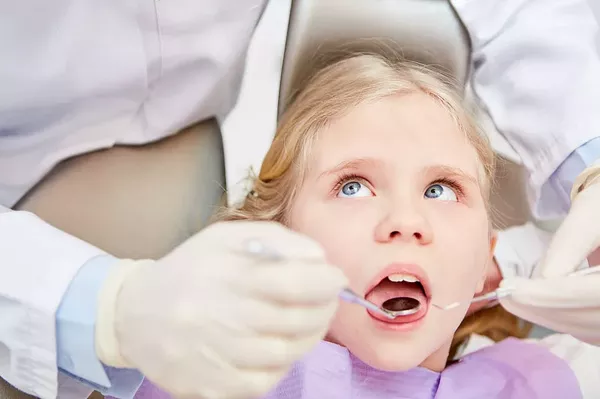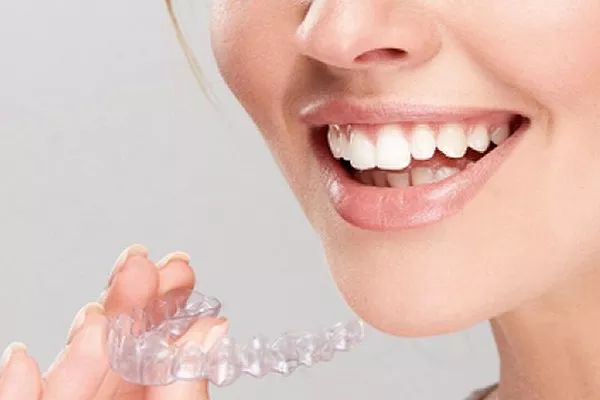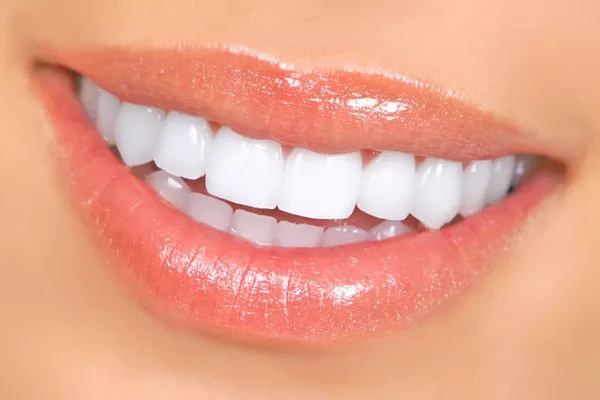White strips have become a popular choice for those looking to achieve a brighter, more radiant smile. However, a common question that many people have is whether to use white strips before or after brushing their teeth. In this comprehensive guide, we will explore the best practices and the reasons behind them, so you can make an informed decision for a dazzling smile. Let’s delve into the details and provide you with the expert advice you need.
1. Understand the Basics of Teeth Whitening
Before we dive into the debate of whether to use white strips before or after brushing, it’s essential to have a solid grasp of the basics of teeth whitening. Teeth whitening, whether through professional treatments or over-the-counter products like white strips, primarily works by removing surface stains from your teeth. The active ingredients in white strips typically include hydrogen peroxide or carbamide peroxide, which break down these stains, revealing a whiter, brighter smile.
2. Using White Strips Before Brushing
a. Why Choose to Whiten Before Brushing?
One school of thought suggests that using white strips before brushing your teeth is the way to go. The reasoning behind this approach is that white strips, when applied to clean teeth, can make better contact with the tooth‘s surface, ensuring that the active whitening ingredients can work more effectively. Additionally, removing any plaque or debris before whitening can help the product penetrate the teeth more efficiently.
b. The Step-by-Step Process
If you decide to use white strips before brushing, follow these steps:
Start with clean teeth by rinsing your mouth thoroughly with water.
Apply the white strips to your teeth according to the product’s instructions.
Leave the strips on for the recommended time.
Remove the strips and dispose of them properly.
Brush your teeth gently but thoroughly to remove any residue from the strips and complete your oral hygiene routine.
c. Benefits of Whitening Before Brushing
Whitening before brushing may offer several benefits:
Enhanced product effectiveness: White strips can make better contact with clean teeth.
Deeper penetration: The active whitening ingredients can penetrate the tooth surface more effectively.
A cleaner mouth: Removing surface stains and debris before brushing provides a more thorough clean.
3. Using White Strips After Brushing
a. Why Choose to Whiten After Brushing?
On the flip side, some people prefer using white strips after brushing. The rationale here is that brushing before whitening helps remove any food particles or debris, ensuring that the white strips can adhere better to the teeth. This approach may also prevent the active ingredients from reacting with fluoride found in toothpaste, which could potentially reduce their efficacy.
b. The Step-by-Step Process
If you opt to use white strips after brushing, follow these steps:
Brush your teeth thoroughly with a fluoride toothpaste to remove any surface debris.
Rinse your mouth with water to clear away any remaining toothpaste.
Apply the white strips as directed on the packaging.
Leave them on for the recommended duration.
Remove the strips and dispose of them.
Refrain from eating or drinking for at least 30 minutes after whitening to allow the product to work.
c. Benefits of Whitening After Brushing
Whitening after brushing has its own set of advantages:
Reduced fluoride interaction: Brushing before whitening minimizes the potential for fluoride and active ingredients to interact negatively.
Enhanced strip adherence: The tooth’s surface is clean and ready for the white strips to adhere effectively.
Preventing enamel damage: Minimizing contact with fluoride could reduce the risk of enamel damage.
4. Expert Tips for Achieving the Best Results
Whether you choose to use white strips before or after brushing, there are some expert tips that can help you achieve the best results:
a. Consistency is Key
Whichever approach you decide to take, consistency is essential. Follow the instructions on the white strip packaging carefully, and use them as recommended. Overusing white strips can lead to tooth sensitivity and other oral health issues.
b. Consult with Your Dentist
Before starting any teeth whitening regimen, it’s always a good idea to consult with your dentist. They can provide personalized advice and ensure that teeth whitening is a safe and suitable option for you.
c. Maintain Good Oral Hygiene
No matter when you choose to use white strips, maintaining good oral hygiene is crucial. Regular brushing, flossing, and dental check-ups are essential for a healthy smile.
5. Conclusion
In the debate of whether to use white strips before or after brushing, there is no one-size-fits-all answer. The choice largely depends on your personal preferences and goals. Experiment with both methods and see which one works best for you.
Related Links:
Should you rinse out your mouth after using whitening strips?
What teeth whitening method works best?
Why are teeth whitening strips so expensive





























